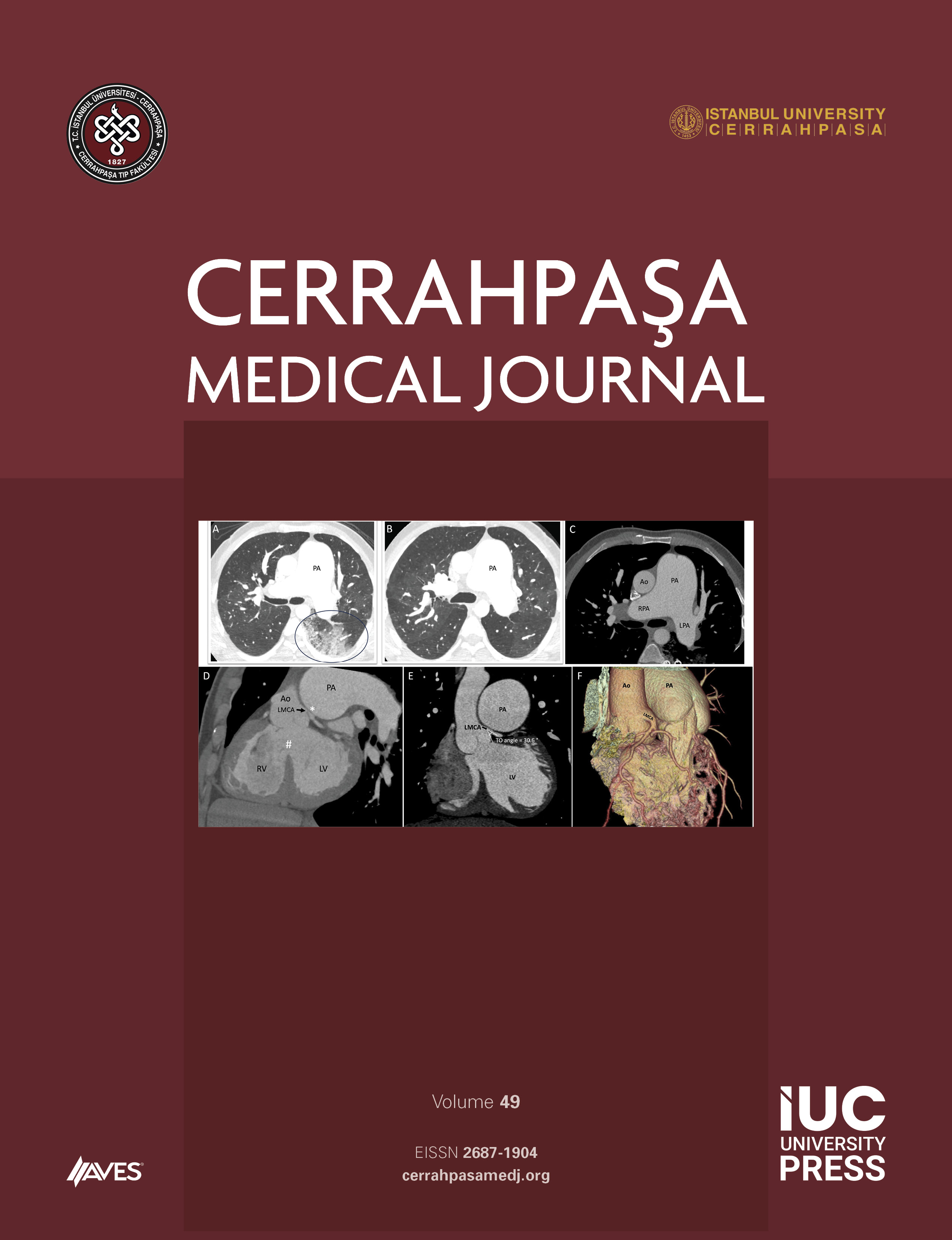Background and Design. Ventilatory response to sustained (>30 minutes) hypoxia is biphasic in humans and experimental animals. A brisk initial increase in ventilation is followed by a decline that is thought to be of central origin and has been termed "hypoxic depression". Results of several studies have suggested that concentration of adenosine within the brain increases as a result of hypoxemia and adenosine could therefore play a key role in mediation of hypoxic depression. The purpose of the present study was to produce a state of inhibition in the respiratory centers by adenosine administration (i.c.v.) and to examine the respiratory response to hypercapnia. The experiments were carried out in six peripheral chemodenervated vagatomized cats under pentothal anesthesia. For i.c.v. injections of adenosine in each animal, canula was placed in left lateral cerebral ventricle by stereotaxic method. Animals were allowed to breath air and hypercapnic (5.8% CO2air) gas mixtures before and after i.c.v. adenosine administration. Respiratory frequency (f), tidal volume (TV), arterial blood pressure were recorded. Respiratory minute volume (VE) and the mean arterial pressure were calculated At the end of each experimental phase pO2, pCO2, pH were measured in arterial blood samples.
Results. When chemodenervated vagotomized animals were allowed to breath the hypercapnic gas mixture before adenosine administration VT and VE increased significantly (p<0.05, p<0.01). When adenosine was administered to the animals the VT and consequently VE decreased during air breathing (p<0.01, p<0.05). On breathing of hypercapnic gas mixture following adenosine administration VT and VE were increased (p<0.001, p<0.001). The respiratory response of the chemodenervated vagotomized animals to hypercapnia after adenosine administration was found to be as same as that before adenosine administration.
Conclusion. The results of this study show that adenosine acts as a central depressant of respiration during air breathing. However respiratory centers the activity of which are depressed by adenosine in normoxia can still respond to hypercapnia.



